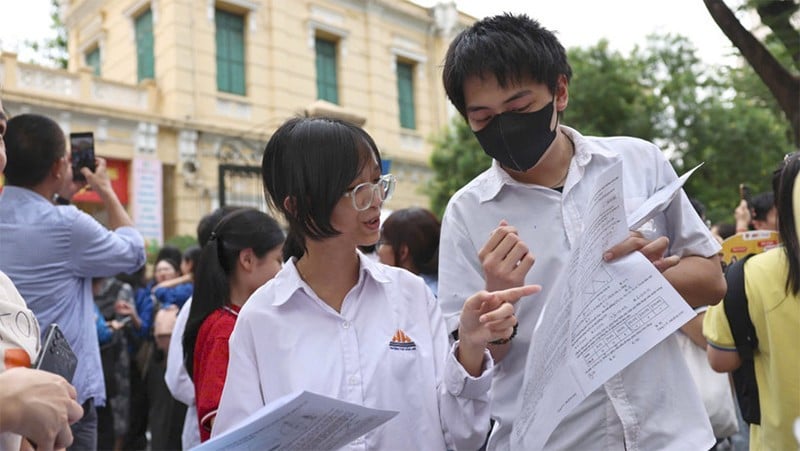
According to teachers, the 2025 high school graduation exam for Mathematics has the same structure and format as the reference exam announced by the Ministry of Education and Training . The exam content closely follows the program, mainly the 12th grade program, and is in line with the innovation orientation.
“Notably, this year's Math exam increased the element of practical application, linking knowledge to life, requiring candidates to have good reading comprehension skills while clearly demonstrating differentiation,” said a Math teacher from the HOCMAIEducation System.
In terms of structure, with a duration of 90 minutes, the exam consists of 3 parts with questions, specifically as follows:
Part 1: Multiple choice test with 12 questions at the recognition and comprehension levels;
Part 2: True or false multiple choice questions include 4 questions, each question includes 4 questions arranged from recognition to application level;
Part 3: Short answer multiple choice questions include 6 questions and are all at the application level.
The exam has clear differentiation and diverse question formats, requiring candidates to master knowledge and skills according to the new general education program, especially the ability to relate to reality.
In particular, the appearance of true/false and short answer multiple choice tests is a new highlight, requiring candidates to have reading comprehension, logical thinking and problem solving skills to handle. This is considered a step forward towards the goal of accurately and comprehensively assessing learners' abilities - a key requirement in current educational innovation.
The knowledge content in the exam is not outside the program, focusing on the grade 12 program and still has knowledge sections from grades 10 and 11; the thinking level is 40% at the level of knowing, 30% at the level of understanding and 30% at the level of application. To complete these contents well, candidates need to have a comprehensive grasp of the basic knowledge, have steps of thinking and reasoning and solving basic mathematical problems.
The highlight of the exam is that the questions have integrated elements, using meaningful contexts associated with images, practical situations in life, science and technology (such as economic problems, engineering, ...) accounting for a large proportion, focusing on the form of true/false multiple choice questions and short answer multiple choice questions. Candidates need to have the skills to read, understand and process information; logical thinking and situation analysis as well as the ability to apply knowledge into practice to be able to handle it well.
In addition, the questions in these two parts have a good level of differentiation, requiring learners to have a good grasp of skills, a good knowledge base, and know how to connect knowledge in learned knowledge chains (for example, question 2 - short answer, code 0119).
According to Mr. Tran Lenh Anh, a Math teacher in Hanoi, in part 1 of the multiple choice test, consisting of 12 basic questions, students who have a solid grasp of the knowledge can do it completely.
Part 2 has 2 basic questions and 2 difficult questions, with differentiation. These are also questions related to practical math, around topics of agriculture (aquaculture), advertising methods, texting on the phone, etc.
Part 3 consists of 6 short answer questions with a lot of practical content, including 3 basic, familiar questions, closely following the new program on topics of distance, revenue-cost-profit problems of enterprises; and 3 classification questions, especially 2 probability questions about cryptography. To solve these questions, students are required not only to have a solid grasp of knowledge but also to have a high level of mathematical thinking.
In general, according to teachers, the content of the exam focuses on developing self-study capacity, analytical thinking, mathematical reasoning and the ability to apply knowledge to solve practical situations, closely following the requirements of interdisciplinary integration. "It is expected that with this exam, the number of candidates achieving absolute scores will not be many," the teachers commented.
In general, according to teachers, the content of the exam focuses on developing self-study capacity, analytical thinking, mathematical reasoning and the ability to apply knowledge to solve practical situations, closely following the requirements of interdisciplinary integration. "It is expected that with this exam, the number of candidates achieving absolute scores will not be many," the teachers commented.
Source: https://nhandan.vn/de-toan-kho-da-dang-dang-thuc-cau-hoi-va-nhieu-yeu-to-thuc-te-post889768.html


![[Photo] Cuban artists bring "party" of classic excerpts from world ballet to Vietnam](https://vphoto.vietnam.vn/thumb/1200x675/vietnam/resource/IMAGE/2025/6/26/797945d5d20b4693bc3f245e69b6142c)





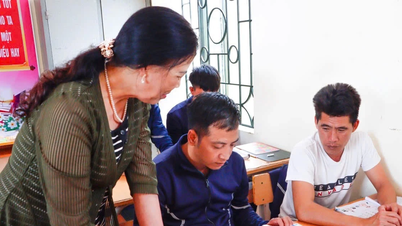















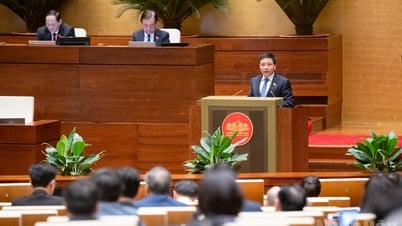

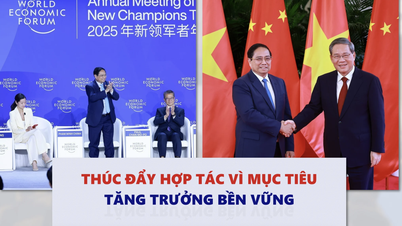
![[Photo] Cuban artists bring "party" of classic excerpts from world ballet to Vietnam](https://vphoto.vietnam.vn/thumb/402x226/vietnam/resource/IMAGE/2025/6/26/797945d5d20b4693bc3f245e69b6142c)











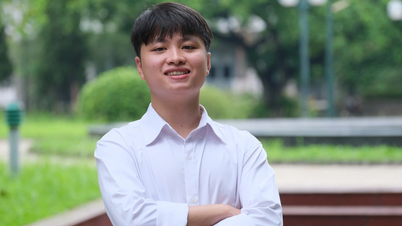




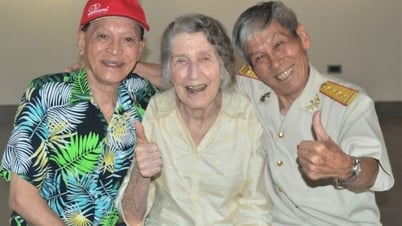

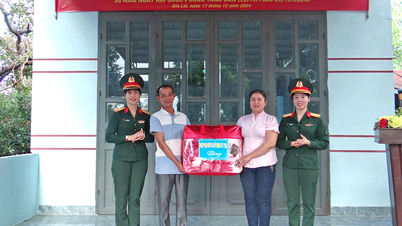
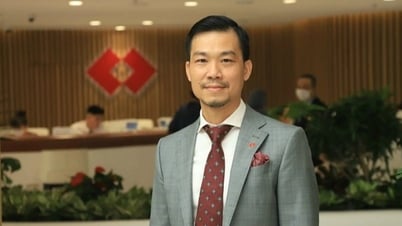
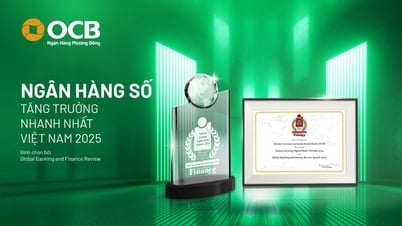


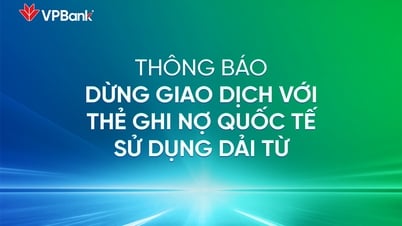
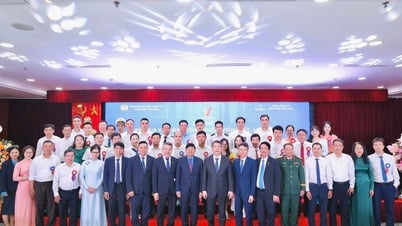
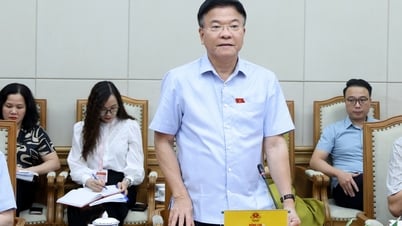




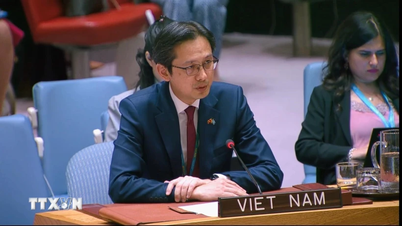
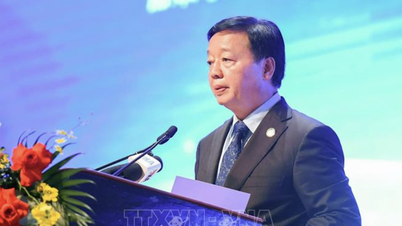




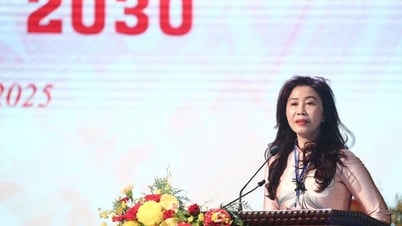




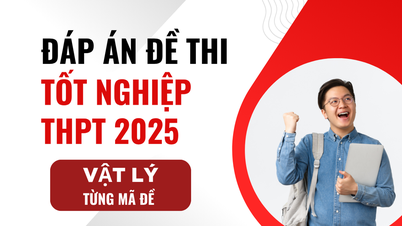

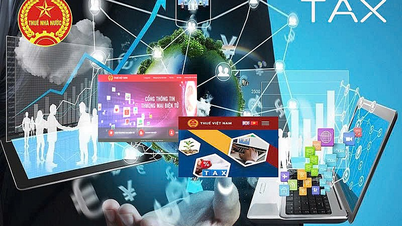



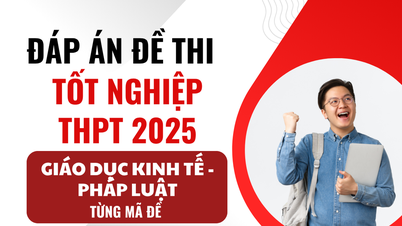


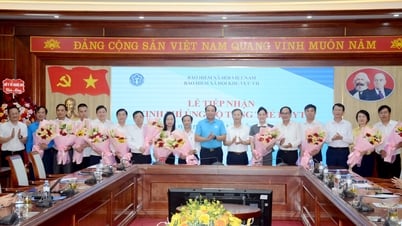

















Comment (0)